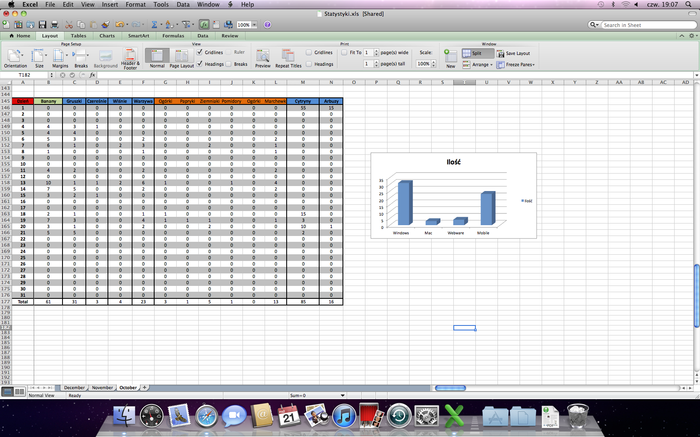

If necessary, type a couple more letters to narrow down the list. As you type the first letter, Excel will show all matching names.
#References in excel for mac how to
For more information, please see How to create a table in Excel. For this, select all the data and press Ctrl + T. If you are working with a range, convert it to an Excel table first. Making a structured reference in Excel is very easy and intuitive. How to create a structured reference in Excel All other cells in that column are filled automatically. To perform the same calculation in each table row, it is enough to enter a formula in just one cell. Structured references can be used in formulas both inside and outside an Excel table, which makes locating tables in large workbooks easier. So, whatever manipulations you do with your Excel tables, you don't have to worry about updating the structured references.
#References in excel for mac full
Moreover, as you add new rows to the table, they are immediately included in the existing references, and the formulas calculate the full set of data. When you rename a column, references are automatically updated with the new name, and a formula does not break. The knowledge of a special syntax is not required. To add structured references to your formula, you simply select the table cells you want to refer to. To add up the numbers in the "Sales" column of Table1, you use a structured reference:Ĭompared to standard cell references, table references have a number of advanced features. ranges) are very powerful and resilient, and normal cell references cannot adjust dynamically as data is added or removed from a table.įor example, to sum the values in cells B2:B5, you use the SUM function with a usual range reference: This special syntax is required because Excel tables (vs. Absolute structured references in Excel formulasĪ structured reference, or table reference, is special way for referencing tables and their parts that uses a combination of table and column names instead of cell addresses.Excel structured references - formula examples.How to create a structured reference in Excel.What are structured references in Excel?.When you have just stumbled upon a special syntax for referencing tables, it may look boring and confusing, but after experimenting a bit you will surely see how useful and cool this feature is. One of the most useful features of Excel tables are structured references.

This tutorial explains the basics of Excel structured references and shares some tricks on using them in real-life formulas.


 0 kommentar(er)
0 kommentar(er)
